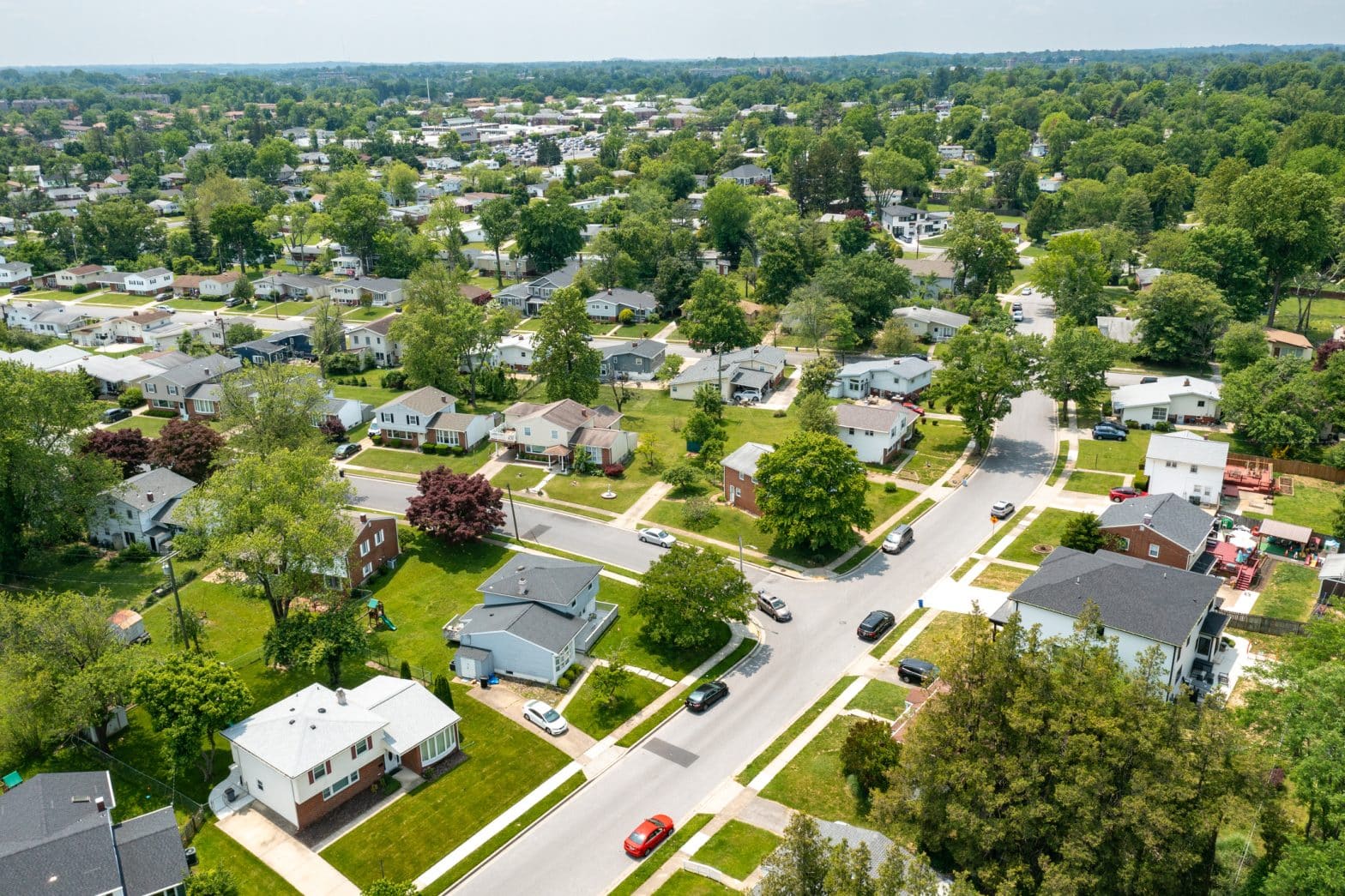Recent high profile natural catastrophic events highlight how important mitigation and resiliency are for homeowners and business owners in protecting their property from costly natural disasters. Yet, a new survey from the American Property Casualty Insurance Association (APCIA), conducted online by The Harris Poll among more than 1,000 U.S. homeowners, reveals that nearly three-quarters (74 percent) of homeowners face barriers to increasing the resiliency of their home against natural disasters, with the top barrier being that it is too expensive (46 percent). Another 20 percent of homeowners either don’t know where to start or what to do.
“There are effective ways to reduce the risk of damage from natural disasters to your home or business no matter what your budget is,” said Karen Collins, vice president of property and environmental for APCIA. “Millions of people are increasingly at risk for natural disasters as more communities are built in hazard-prone regions and communities face the intensifying impacts of climate change, so it is incredibly important for homeowners, communities, and policymakers to make resiliency and mitigation a top priority.”
Insurers continue to invest in and support the development of sophisticated tools and technology to improve the mapping and modeling of climate risks and natural disasters. Insurers also invest in building safety research through the Insurance Institute for Business & Home Safety (IBHS) to help develop real-world, actionable solutions for consumers and communities. Whether you live in an area at-risk for hurricanes, wildfires, flooding, or other types of severe weather, IBHS provides lists of low-cost ways to prepare your home for all types of natural disasters. Some key tips include:
- Inspect your roof and resolve leaks;
- Keep your gutters clean and free of debris;
- Seal gaps and cracks around windows and doors with caulk;
- Trim trees and branches away from the home; and
- Keep yard debris and dead plant material from accumulating in the 0-5 feet area around your home, especially if you live in a wildfire-prone area.
According to the survey, the most helpful incentives for homeowners to overcome cost concerns to increasing the resiliency of their home are reduced costs for updated materials such as sales or income tax credits or rebates (26 percent), lower insurance premiums such as discounts (22 percent), reduced property taxes (21 percent), and financial aid such as low interest home improvement loans or federal/state grants (19 percent).
“Many insurers offer discounts for certain mitigation measures that reduce the likelihood of damage to the property, so talk to your insurer about what discounts are available to you,” added Collins. “Policymakers can help by prioritizing funding for resiliency initiatives and programs to help homeowners and communities better withstand natural disasters, including stronger and strictly enforced building codes.”
Other key findings from the APCIA survey include:
- 85 percent of homeowners would support their community adopting the latest building codes to require newly constructed homes and businesses meet standards that will help ensure these properties can better withstand natural disasters.
- 75 percent of homeowners would be willing to upgrade certain materials of their home (i.e., roof, windows, etc.) to meet building code standards that are required for new construction, so their home can better withstand natural disasters.
- 80 percent of homeowners would support efforts to restrict development (i.e., not allowing new construction) in storm/wildfire prone areas to reduce rebuilding and repair costs.
Numerous studies have shown hurricanes are increasing in strength, drought conditions are becoming more widespread and persistent, wildfires are intensifying, and sea levels are rising, affecting storm surge and coastal properties. Natural disaster losses from 2020-2022 in the U.S. exceeded $275 billion in 2022 dollars, which is the highest ever three-year total for U.S. insurers. Population, housing, and business growth in hazard-prone areas are exacerbating the effects of climate change by leading to more frequent and severe catastrophe losses. In 2023 between January and August, the U.S. experienced 23 separate weather and climate disasters each with losses exceeding $1 billion – surpassing the previous record of 22 separate billion-dollar or more natural disasters seen in all of 2020.
“Communities must begin to adapt to growing climate impacts now by adopting and enforcing stronger building codes in high-risk areas and focusing on better community planning. Reducing our risk must continue to be a shared priority, and we must work together to adapt and increase our resiliency in the face of climate-fueled disasters,” said Collins.
Survey Method:
This survey was conducted online within the United States by The Harris Poll on behalf of APCIA from May 9-11, 2023 among 1,458 U.S. homeowners ages 18 and older. The sampling precision of Harris online polls is measured by using a Bayesian credible interval. For this study, the sample data is accurate to within +/- 3.0 percentage points using a 95% confidence level. For complete survey methodology, including weighting variables and subgroup sample sizes, please contact Sarah Revell at Sarah.Revell@apci.org.
The American Property Casualty Insurance Association (APCIA) is the primary national trade association for home, auto, and business insurers. APCIA promotes and protects the viability of private competition for the benefit of consumers and insurers, with a legacy dating back 150 years. APCIA members represent all sizes, structures, and regions—protecting families, communities, and businesses in the U.S. and across the globe.













